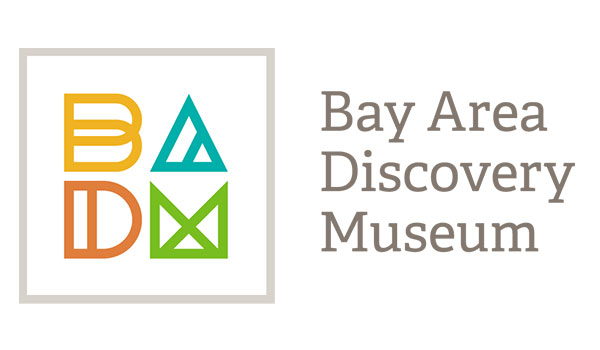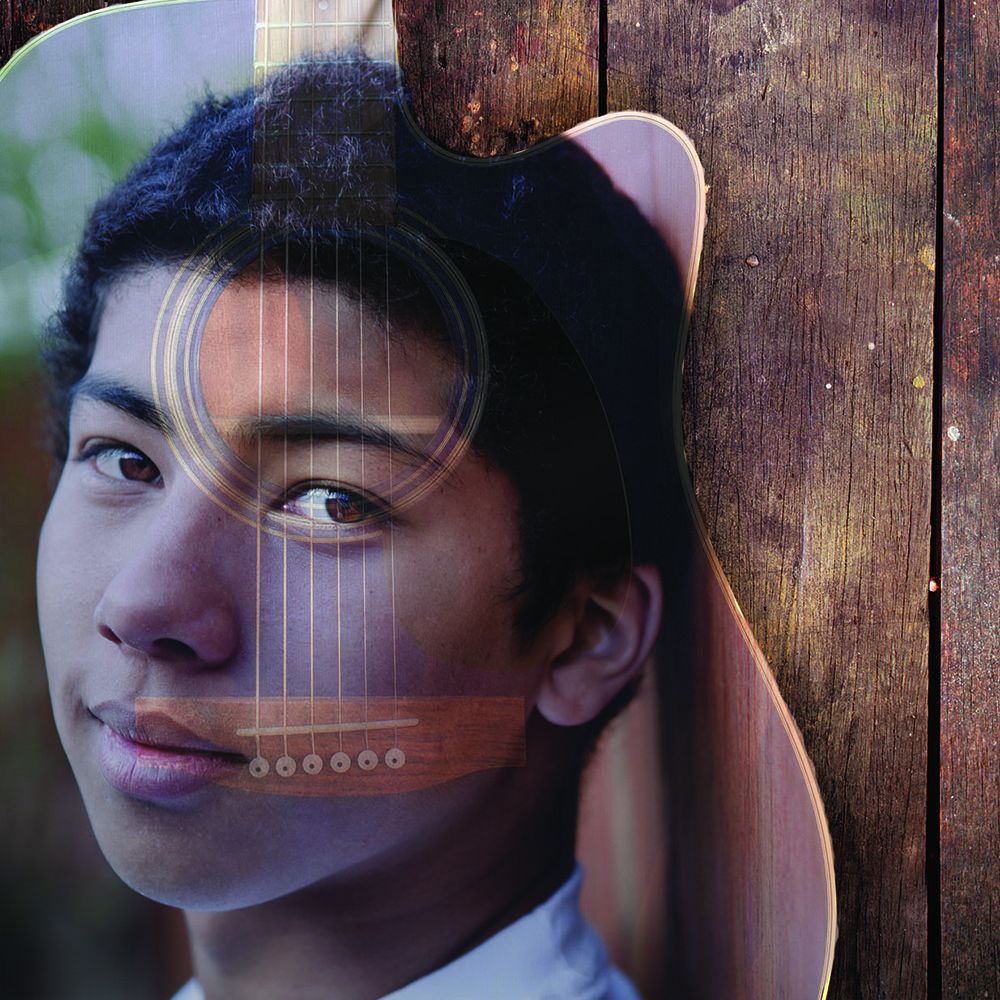Long before image-editing software existed, photographers made meaningful art through double exposures in which two images are laid on top of one another. It is a powerful way to show the connection between two different things. Challenge children to make a self-portrait that shows something about them that may not be obvious on the outside. This activity helps children practice synthesis, a common occurrence in creative efforts.
Materials Required
- Computer or tablet with image-editing software
- Camera
- Paper
- Pen or pencil (something to write with)
Instructions
- Look at the sample portrait below to see how artists can combine two pictures in layers on top of one another to make a meaningful photographic portrait.
- Use this technique to express something about you. Think about what you want to tell the world about who you are inside. Are you deeply connected to a group of people, a place or a hobby? Is there a personality trait that is an important part of you? List your ideas on a piece of paper.
- Write what you want to express in words by filling in the blank on one of these sentences:
- My self-portrait will show that I feel __________________.
- My self-portrait will show that I am ___________________.
- My self-portrait will show that I love to ________________.
- My self-portrait will show that I am from _______________.
- Look for pictures of objects or places that you can use as a symbol of what you described in your sentence. You can be concrete—a picture of a guitar shows that you love to play the guitar. Or, you can use metaphor—using a picture of fireworks to show the emotion of feeling explosive like fireworks. You can take new pictures, sort through ones you took in the past or find pictures on the Internet.
- Find or take a picture of yourself that expresses who you are.
- Combine your two pictures. (Play around with image-editing software or ask someone to show you how to use it.) Using image-editing software, make one of the images partly transparent and mix the two pictures together by stacking the transparent image in a layer on top of the other, and then combine the two layers to make the portrait.
Additional Tips
Try this add-on activity: Share the portrait with others and practice being open to critique. Ask questions and listen to learn whether the message you want to share about yourself is being understood. Gather ideas for another portrait.



